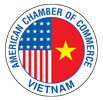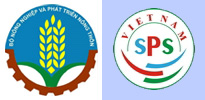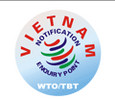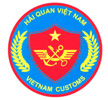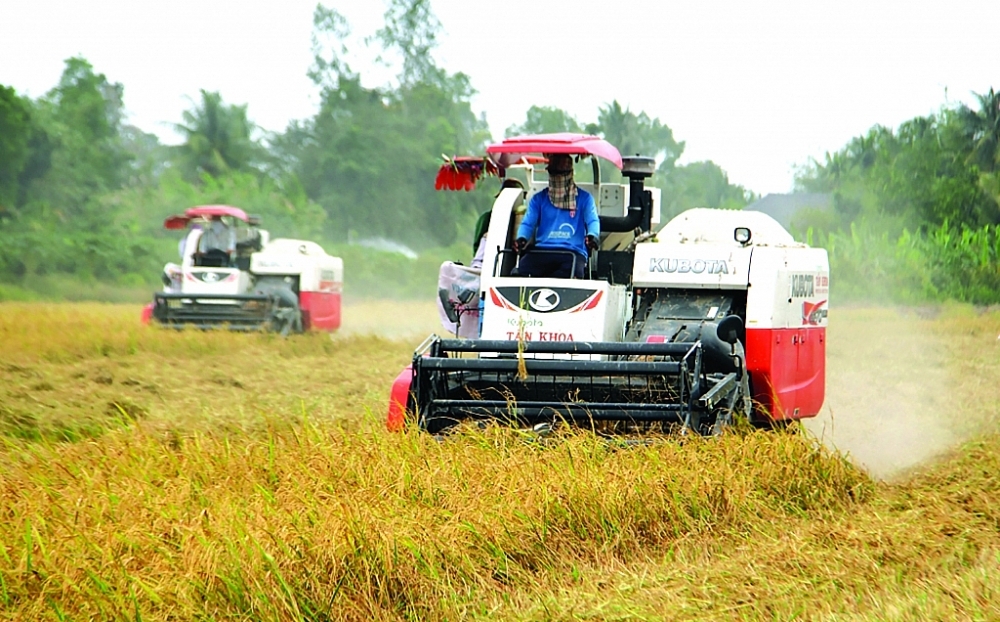
Vietnam has gradually surpassed Thailand to become the world's second largest rice exporter after India. The export price of rice in 2020 as well as in the first months of 2021 maintained the highest level in the world. However, Vietnam's rice production and exports have many risk factors due to unstable quality and lack of brand name.
Small-scale and unsustainable production
For many years, Vietnam has been in the top three largest rice exporting countries in the world.
Notably, in 2020, Vietnamese rice repeatedly surpassed its competitors in terms of selling price, the export volume reached 6.15 million tons, earned US$3.07 billion. Thereby, Vietnam officially surpassed Thailand, becoming the world’s second largest rice exporting country, after India.
In the first quarter of 2021, with the average export price increasing by 18.6% over the same period in 2020, reaching US$547 per ton, Vietnamese rice continuously held the leading position.
In April 2021 alone, although the export price of rice of all three leading rice exporting countries decreased, thanks to the price at the end of April 2021 of about US$488 per ton, Vietnamese rice was much higher than its two competitors, Thailand and India, with prices of US$377 per ton and US$485 per ton, respectively.
Undeniably, the process of restructuring the rice industry in recent years has brought about many outstanding results. Nguyen Nhu Cuong, Head of the Department of Crop Production (MARD), said in Thailand, the area for rice cultivation alone is about 10 million hectares, while in Vietnam, according to the General Statistics Office (Ministry of Planning and Investment), this figure is 3.9 million hectares. According to the data from the Ministry of Natural Resources and Environment, Vietnam has about 4.1 million hectares of rice land.
Although Vietnam's rice land is less than half of Thailand's, Vietnam has ensured food security for approximately 100 million people and is in second position among rice exporting countries in the world.
"It can be said that Vietnam's rice industry has made achievements, completely adapting to the conditions of healthy and fair competition with rice-growing countries in the world," said Cuong.
Rice growers and rice processing enterprises for export have taken the initiative to improve the value of rice grains and have changed the rice types, meeting the market demand. However, Nguyen Quoc Toan, Director of the General Department for Agricultural Products Processing and Market Development (MARD) pointed out that Vietnam's rice production and export has been facing many difficulties.
First, it is the limitation in production and processing as rice production is unsustainable, facing many risks due to climate change, natural disasters, drought, saltwater intrusion, and floods.
Additionally, it is the small scale of farm production, difficult mechanization, and unsustainable links between businesses and farmers in many places. The number of enterprises participating in association contracts to consume agricultural products is small in quantity, small in scale, and limited in capacity. Therefore, the contracts are limited in both quantity and quality.
According to experts, the lack of infrastructure and technology for preserving and processing agricultural products increases losses and reduces quality during storage. The industry of deep processing of rice products has not developed uniformly, causing difficulties in the production and export of Vietnamese rice.
“Weapon” must be a trademark
Talking to Customs News about enhancing the value of "the pearl of heaven", many experts who have been with Vietnam's rice industry for many years said amid the extensive international economic integration, there must be a trademark, highly focused on improving the quality and building the brand of rice for export rather than increasing area and productivity.
“Vietnam has ensured food security. The goal in the future is to increase export value by quality and brand, not by volume,” said Assoc. Prof. Dr. Bui Ba Bong, former Deputy Minister of Agriculture and Rural Development.
In fact, branding has been a major weakness of Vietnam's rice industry for years. One of the important goals of the "Project on restructuring Vietnam’s rice industry until 2020, with a vision to 2030", which was approved by the MARD in Decision 1898/QD-BNN-TT dated May 23, 2016, is that by 2020, 20% of rice exports will be branded as Vietnamese rice. However, up to now, there has been no rice exporting batch with the Vietnamese rice brand logo.
In the "Project on restructuring Vietnam's rice industry to 2025 and 2030" approved by MARD at the end of January 2021, by 2025, the percentage of branded rice exports is more than 20% and by 2030, this figure will be more than 40%.
In solutions to restructure the rice industry, MARD affirmed that they would strengthen the selection and development of rice varieties to meet the structure of rice varieties according to the export strategy. In which, priority should be given to fragrant and specialty rice varieties; develop concentrated production areas according to identified varieties with production - consumption and export linkages; and strictly control the production process. Therefore, the product has uniform quality and ensures food hygiene and safety criteria, in which it absolutely meets the regulations on the maximum residue level (MRL) and traceability.
Moreover, concretize policies to support rice exporters with brands and labels of national certification of Vietnamese rice; and support the establishment of referral offices to introduce and promote Vietnamese rice in key markets, integrating with tourism promotion and other goals.
Regarding the overall solution to continue restructuring the rice industry more effectively in the future, Bui Ba Bong said it is necessary to synchronously implement three groups of solutions, including: institutions and policies; science and technology development; and infrastructure investment. Specifically, the State needs to innovate mechanisms and policies to promote accumulation and concentration of agricultural land; create favorable conditions for investment attraction and apply mechanization and high technology in agricultural production; and promote research and development of rice varieties, promote the deep processing technology of rice, and build a Vietnamese rice brand to increase income for rice growers.
According to Decision No. 555/QD-BNN-TT dated January 26, 2021, of MARD approving the "Project on restructuring Vietnam's rice industry to 2025 and 2030", by 2025, the specific goal is to keep the rice land area of 3.6-3.7 million hectares, the cultivated area of 7-7.2 million hectares, and the rice output of 40-41 million tons; export about five million tons of rice; and the rate of branded export rice is more than 20%.
By 2030, the target is to keep the rice land area of 3.5 million hectares, the planting area will be flexible, ensuring the minimum output of 35 million tons of rice per year; export about four million tons of rice; and the rate of branded export rice is more than 40%.
Source: VCN
Keywords: import, export, turnover, business







